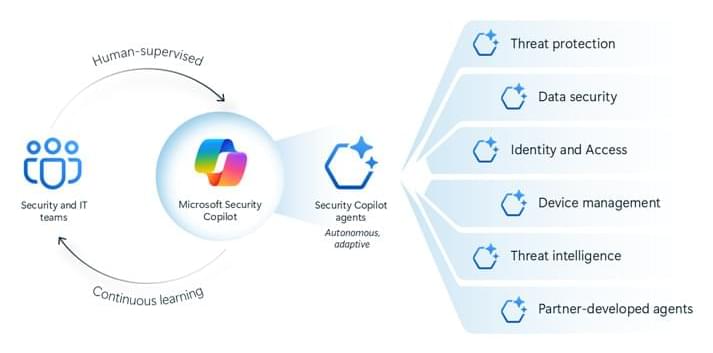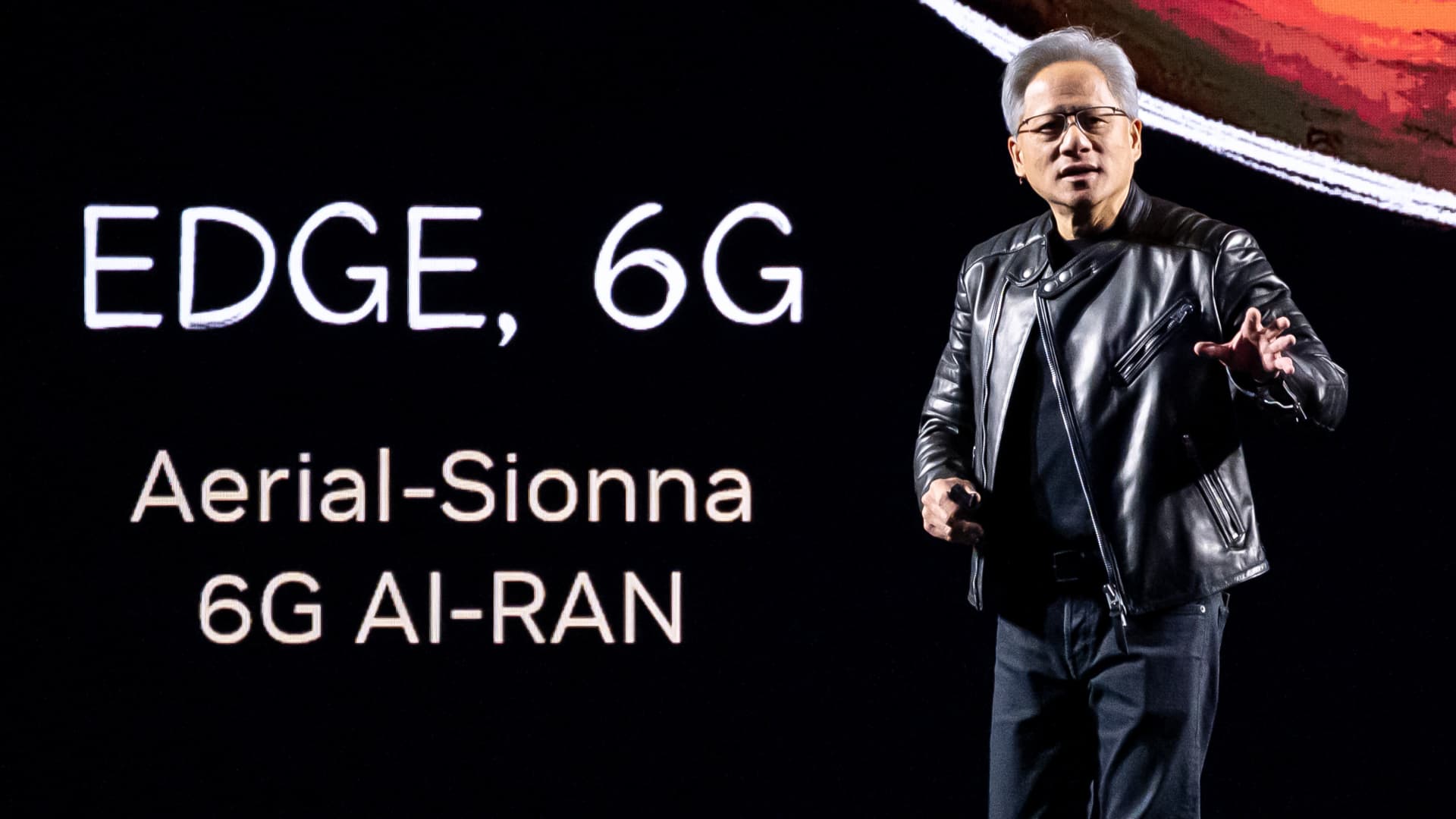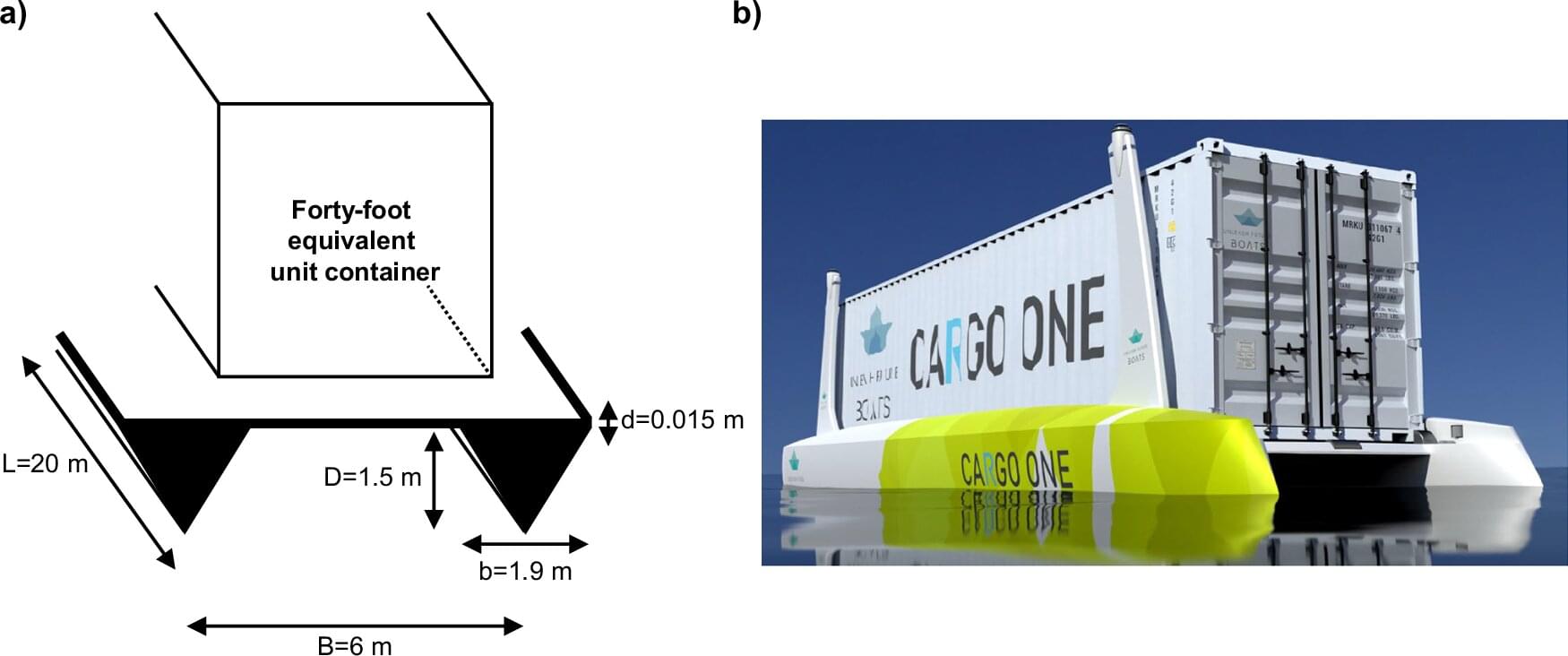Microsoft launches inline data protection in Edge, preventing data leaks in GenAI apps and boosting enterprise security.



Law enforcement authorities in seven African countries have arrested 306 suspects and confiscated 1,842 devices as part of an international operation codenamed Red Card that took place between November 2024 and February 2025.
The coordinated effort “aims to disrupt and dismantle cross-border criminal networks which cause significant harm to individuals and businesses,” INTERPOL said, adding it focused on targeted mobile banking, investment, and messaging app scams.
The cyber-enabled scams involved more than 5,000 victims. The countries that participated in the operation include Benin, Côte d’Ivoire, Nigeria, Rwanda, South Africa, Togo, and Zambia.

The impact of the collapse extended far beyond the immediate disruption to traffic and businesses in the area, affecting wastewater services for 1.2 million residents in the prefecture. Authorities called on inhabitants of surrounding cities to reduce their water usage, pressing them to curtail activities like bathing and washing clothing. In addition, wastewater was collected to reduce the flow to the damaged pipe, with the effluent then chlorinated and released into a nearby river, potentially damaging the environment.
The wide scale of service disruption is linked to Japan’s approach to wastewater management. Wastewater operations are overseen by public sewage systems operated by a single municipality or regional sewage systems operated jointly by multiple municipalities. The pipeline in Yashio was in the latter category and carried wastewater collected from 12 municipalities. While such regional management systems provide significant advantages to cities in terms of efficiency and cost savings, the failed pipe and resulting sinkhole illustrates the risk of widespread disruption of services when anything goes wrong.
Moreover, the incident laid bare the fragile state of Japan’s sewage infrastructure. Morita Hiroaki, who heads the prefectural panel studying the gargantuan task of repairing the damaged pipe, highlighted the direness of the situation when he warned that reconstruction could take at least two or three years to complete.

The use of smartphones in Japan is extending to younger and younger children, raising serious concerns about the dangers of social media. An online safety expert provides a snapshot of Japanese teens’ use of current platforms and considers the options for protecting children from cyberbullying, exploitation, and toxic content.

Neura Robotics has built a diverse portfolio of robots, including MAiRA, the world’s first cognitive cobot. MAiRA uses artificial intelligence for autonomous operation and safe human interaction. The company also offers the MAV, a mobile robot for heavy load transport, and MiPA, a humanoid robot designed for tasks like serving trays in hospitals.
Through its cloud-based Neuraverse platform, Neura also creates cutting-edge software, in contrast to many robotics companies that only concentrate on hardware. Known as an “ecosystem for cognitive robotics,” the Neuraverse is a marketplace for robotic abilities and an operating system designed to spur innovation.
Many businesses displayed humanoid robots at CES 2025, demonstrating the momentum of the robotics sector. The humanoid robot “Melody,” created by Realbotix, is simple to assemble and disassemble. In the meantime, the full-size bipedal humanoid robot known as the “CASBOT 01” was introduced by China’s Lingbao CASBOT.
Tesla is advancing towards a sustainable future through innovations in energy solutions, autonomous vehicles, and humanoid robots, while fostering a culture of safety and continuous improvement. ## Questions to inspire discussion s Future Production and Impact ” + 🚗 Q: How many vehicles does Tesla aim to produce by 2025? A: Tesla plans to produce over 10 million vehicles in 2025, up from just 20 in 2010, enabled by their compact, high-output factories.
S vision for Optimus humanoid robots? ” +A: Tesla envisions Optimus robots creating a future of abundance for all, producing goods and services with no limit when combined with solar energy and batteries.
🚕 Q: When will autonomous Teslas become widespread? A: Tesla expects autonomous vehicles to dominate roads within 5 years, with a software update enabling 10-100x more usefulness through robotaxi services. s Service and Energy Solutions ” + s approach to customer service? ” +s service team aims to provide a loveable experience, recognizing that future sales depend on service reputation and word-of-mouth marketing. ” + 🔋 Q: How do Megapack and Powerwall 3 benefit homeowners? A: Megapack and Powerwall 3 enable off-grid living and energy assurance, with Powerwall 3 and solar making homes self-sufficient during outages.
S unique about Teslas Supercharger network allows convenient road trips across the US, Mexico, Europe, and China, with charging speeds faster than a restroom break. ” +s AI and Manufacturing Innovations ” + s role in Teslas most powerful AI training systems. ” + s AI hardware compare to others? ” +s AI4 hardware is the most powerful and efficient AI inference computer, operating at very low power in all vehicles. ” + s innovative about TeslaA: The Cybertruck line aims to produce cars in under 5 seconds, using rapid liquid metal casting and automation, resembling a high-speed electronics line. ## Future of Transportation and Energy.
S full self-driving cars? ” +s self-driving cars achieve 10x human safety, never getting tired or distracted, and free up 10–12 hours per week for drivers. ” + s batteries contribute to grid stability? ” +A: Powerwall and Megapack batteries stabilize the grid by absorbing power spikes and filling drops, acting as a virtual grid in neighborhoods.
🚖 Q: How will the role of Uber and taxi drivers change? A: In the future, Uber and taxi drivers will manage fleets of self-driving cars instead of driving individually. ## Investment and Future Technologies.

Cargo transport is responsible for an enormous carbon footprint. Between 2010 and 2018, the transport sector generated about 14% of global greenhouse gas emissions. To address this problem, experts are looking for alternative, climate-friendly solutions—not only for road transport, but also for shipping, a sector in which powering cargo ships with batteries has proved especially difficult.
One promising but under-researched solution involves small, autonomous, hydrogen-powered boats that can partially replace long-haul trucking. A research team led by business chemist Prof Stephan von Delft from the University of Münster has now examined this missing link in a new study published in Communications Engineering.
The team has mathematically modeled such a boat for the first time and carried out a life cycle- and cost analysis. “Our calculations show in which scenarios hydrogen-powered boats are not only more sustainable but also more economical compared to established transport solutions,” explains von Delft. “They are therefore relevant for policymakers and industry.”

Access to freshwater is changing rapidly, with water stress affecting billions of people and countless businesses each year. Droughts and floods are becoming more frequent and severe, water pollution continues to rise and, without urgent action, we will soon reach a tipping point. This report outlines key pathways to strengthen water resilience, through private sector and multi-stakeholder action, and secure the future of water for society and the global economy.
Every industry depends on water. This makes water resilience not just an environmental concern, but a cornerstone of economic stability, business continuity and prosperity. Rising demand, driven by population growth, shifting consumption and the energy transition, is further straining resources. With an economic value estimated at $58 trillion, water’s critical importance and the scale of the challenge cannot be overstated.
No company or government can build water resilience alone. The World Economic Forum’s Water Futures Community brings together public and private sector sectors leaders to accelerate investment and action. In collaboration with McKinsey & Company, this report offers a systems approach for our community of partners to strengthen water resilience and highlights opportunities for collective action to accelerate solutions at scale.
Scientists are developing ever-more powerful magnets to enable clean energy sources like fusion. But China’s dominance of the supply chain for rare-earth magnets threatens their global availability.
Bloomberg Primer cuts through the complex jargon to reveal the business behind technologies poised to transform global markets. This six-part, planet-spanning series offers a comprehensive look at the \.